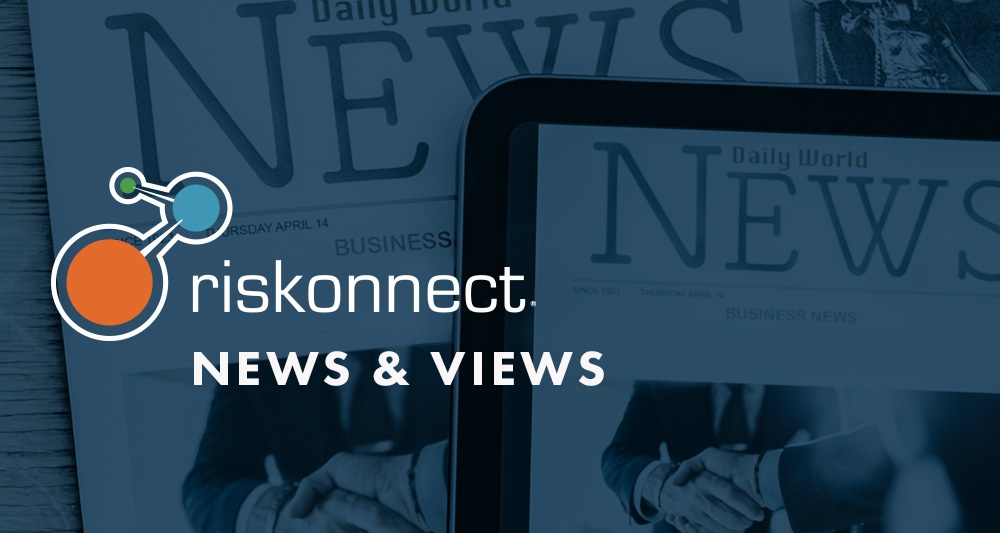With customers, investors, and other stakeholders clamoring for credible ESG information, organizations are compelled to increase transparency – and selecting an ESG framework is one of the first steps.
What is an ESG Framework?
An ESG framework is a system for standardizing and reporting ESG metrics. Dozens of frameworks have been created by not-for-profit organizations, business groups, and others, each with its own focus and recommendations. While an ESG framework will typically specify metrics that a company should disclose – along with format and frequency – it generally does not set targets for those metrics.
Some of the most well-known frameworks include:
Global Reporting Initiative (GRI) – This is one of the oldest and most widely used reporting frameworks, with highly respected and developed metrics and out-of-the-box forms, dashboards, and reports that cover a wide range of ESG issues. Guidelines are continuously updated and focus on transparency and accountability rather than a set score.
Carbon Disclosure Project (CDP) – This framework focuses on helping companies measure, manage, disclose, and reduce their greenhouse-gas emissions. CDP scores companies and cities based on progress and action on climate change, forests, and water security. Its scoring system is regarded as highly transparent and easy to use.
Sustainable Accounting Standards Board (SASB) – This framework addresses sustainability-related risks and opportunities that may affect your organization’s financial condition, operating performance, or risk profile. With 77 industry standards available, organizations can track a wide range of ESG issues.
Task Force on Climate-Related Financial Disclosures (TCFD) – This framework centers on creating effective climate-related disclosures within the financial sector to promote more informed investment, credit, and insurance underwriting decisions. Recommendations are focused around four main pillars: governance, strategy, risk management, and metrics and targets.
There are many, many more frameworks available. Yet, despite the large number of options, no one framework currently offers a fully comprehensive view of ESG metrics.
Why Use an ESG Framework?
You may be wondering why report on ESG at all? That’s a valid question because ESG reporting takes time, personnel, and resources (though technology can help automate the process). And it’s generally still voluntary – although all signs point to more mandatory reporting, especially around climate impact. Indeed, businesses are facing several important new requirements surrounding ESG issues from regulators around the world – and many map to established frameworks.
The US: The SEC has announced its new proposals, which include reporting on climate-transition strategies and impacts and Scope 3 emissions for large public companies.
The UK: Regulators have announced climate-change reporting rules for large companies and partnerships based on the TCFD framework.
The EU: Regulators have required reporting under the Non-Financial Reporting Directive (NFRD) since 2014. In 2023, the Corporate Sustainability Reporting Directive (CSRD) will go into effect amending the NFRD with detailed reporting requirements and assurance requirements for all large companies and any in regulated markets.
Even if you aren’t subject to mandatory reporting requirements, you are likely to face increasing pressure from customers, employees, and others to provide credible and consistent information on ESG initiatives and performance. Investors also are increasingly focused on understanding the environmental and social impacts of an asset or organization before investing.
All of this means that selecting a framework to report on ESG performance makes business sense. It proves your commitment to environmental and social issues. It also demonstrates your ability to anticipate risks and opportunities and your dedication to create long-term value for the organization.
What ESG Framework is Best?
Until a single ESG framework emerges as the standard, it’s up to you to select the framework – or frameworks – that aligns best with the needs of your business. On average, organizations use three different frameworks. When choosing a framework, consider:
Your location – If you are in the EU, for example, you may need to follow the new CSRD requirements. Companies with US operations may want to factor in the SEC’s proposed climate-disclosure requirements. It’s important to understand your ESG reporting obligations wherever you do business.
Your industry – Are you in the energy sector? Manufacturing? Financial services? Your industry and the practices of your peers will have a big impact on the data and metrics you report.
Your priorities – Why are you reporting on ESG in the first place? Some companies are driven to report on ESG performance for altruistic reasons, while others just want to comply with requirements and avoid penalties. Your underlying motivation will dictate your reporting strategy and the metrics you choose.
It also comes down to the story you want to tell. ESG disclosures add depth to your organization’s efforts and highlight your dedication to the issues that matter most. What ESG framework will help tell the full breadth of your sustainability journey?
Resources, too, play a crucial role in deciding on ESG frameworks. Does your organization have the capacity to achieve disclosure goals? Are more resources needed – or available? Is there a technology solution you can invest in to make reporting easier? Functional leaders should be included in discussions. The compliance team will help guide what you want to share publicly, data analysis can help set up systems and processes, HR and IR can help communicate goals and a new culture of transparency.
Even with long-held business practices, it’s never too late to gain a better understanding of your operations and build the strategies needed to mitigate risk. Choosing an established ESG framework will also help prepare you for future regulations.
Whichever ESG framework you choose, you’ll have to get everyone on board with the disclosure process, which takes communication, an understanding of risks, clear leadership support, and collaboration across the organization. Start with what you have and make an action plan detailing what you can realistically achieve over the short and long term. Your ESG framework can be your guide.
For more information on ESG, download our e-book, Taking a Stand on ESG, and check out Riskonnect’s ESG software solution.





